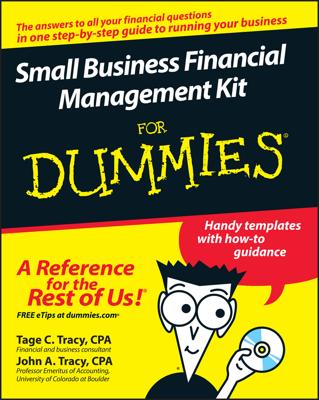To begin developing a plan to get your troubled business back on course, you first have to know exactly where you stand — with an emphasis on the word exactly. You won’t do yourself any favors whitewashing your situation or clinging to overly optimistic projections. The time has come to get real.
When your company is in trouble, focus on three parts of business planning:
Financial review: Business troubles usually boil down to a simple, painful fact: Money is flowing out faster than it’s coming in. Now you have to assess your current financial picture, focusing on cash flow and revised financial projections.
SWOT analysis: The opportunities and threats your business faces today may have changed since you last analyzed your business situation. Even your relative strengths and weaknesses may be different. Take time to revisit your last SWOT analysis and direct your attention to the strategic issues that are most likely to have an immediate positive impact on your situation.
Business model: Your business plan describes how you plan to build your business. Your business model defines how your business will make money. If your business plan isn’t working, or if your finances are askew, a shaky business model is very likely to be part of your problem.
Revisit your notions about how your company expected to make money. Spend some time thinking about ways to revise or expand your model to bring in more revenue as you work to turn your business around.
Here’s an example of a plan that worked. For years, Moe’s Music did modestly well renting and selling musical instruments. Then the California music shop decided to expand into music education. The plan made sense on paper because many junior high and high schools were dropping music education programs, and Moe’s Music hoped to pick up the slack.
The company’s plans hit a sour note, however. It had trouble recruiting and retaining qualified music teachers, and it struggled to find ways to control the quality of music instruction. On top of those problems, expanding its facilities to accommodate practice and rehearsal rooms proved more costly than projected. Within two years, the company was singing the blues.
Fortunately, the management team moved quickly to refocus the company’s strategy back onto its core business of renting and selling musical instruments. Music education rooms became customer audition rooms as well as spaces to hold an expanded inventory of instruments. It took a full year, but Moe’s managed to return to profitability by returning to its core business.

